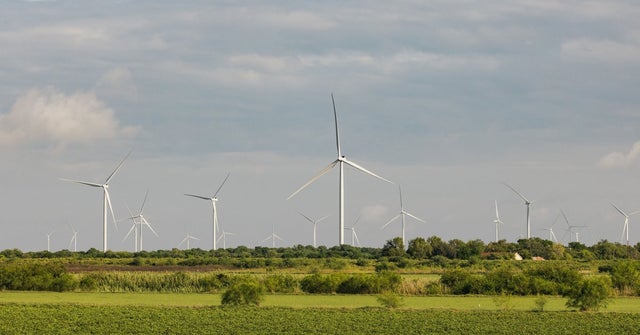Texas’ Clean Energy Battle

Texas, often associated with its vast oil fields and traditional energy sources, has emerged as a surprising leader in renewable energy. The state’s renewable energy capacity surpasses that of Washington state by approximately 30%, demonstrating its commitment to sustainable power generation. According to the U.S. Energy Information Administration (EIA), Texas boasted a total renewable energy capacity of 45.2 gigawatts (GW) as of May 2022, while Washington state had 35.2 GW. This highlights Texas’ substantial lead in renewable energy generation, demonstrating its commitment to a sustainable energy future.
Additionally, Texas is home to four of the largest cities in the United States in terms of population. Houston, with an estimated population of over 2.3 million, ranks as the fourth-largest city in the country. San Antonio, with over 1.5 million residents, holds the seventh position, followed by Dallas with over 1.3 million residents ranking ninth, and Austin with over 1 million residents ranking eleventh. The presence of these major cities underscores the importance of clean energy initiatives in meeting the energy demands of such densely populated areas. (Source: U.S. Census Bureau – Population estimates, 2020)
However, despite Texas’ impressive clean energy progress, there remains a notable opposition to clean energy initiatives within the state. Concerns about potential negative economic impacts and partisan politics drive this resistance. Various sources have reported on this opposition, shedding light on the dynamics at play. Texas Monthly published an article titled “The Texas GOP’s War on Renewable Energy” in May 2023, highlighting the resistance from political leaders to safeguard the fossil fuel industry.
Texas has long been a dominant force in oil and gas production, contributing significantly to the state’s economy. Some fear that a shift towards renewable energy could negatively impact this industry and result in job losses and economic repercussions. However, it’s important to note that embracing clean energy does not necessarily mean abandoning traditional energy sources altogether. The diversification of the energy portfolio can lead to a more resilient and sustainable economy.
Jordan Vonderhaar—Bloomberg/Getty Images
Furthermore, opposition to the energy transition in Texas is not solely motivated by economic concerns. For some, opposing clean energy serves as a way to demonstrate their allegiance to conservative values and oppose Democratic policies. The issue becomes a symbolic battleground for political ideologies, reinforcing their position as the most conservative and loyal to the Republican Party’s base.
Despite these obstacles, Texas’ clean energy sector continues to grow and thrive, driven by its renewable energy capacity and the need to address climate change. The state’s commitment to clean energy is crucial not only for environmental sustainability but also for economic diversification and the creation of new job opportunities. As Texas navigates this complex landscape, finding a balance between clean energy goals and the concerns of incumbent fossil fuel industries remains a challenge, but the potential for a greener and more sustainable Texas is within reach.





